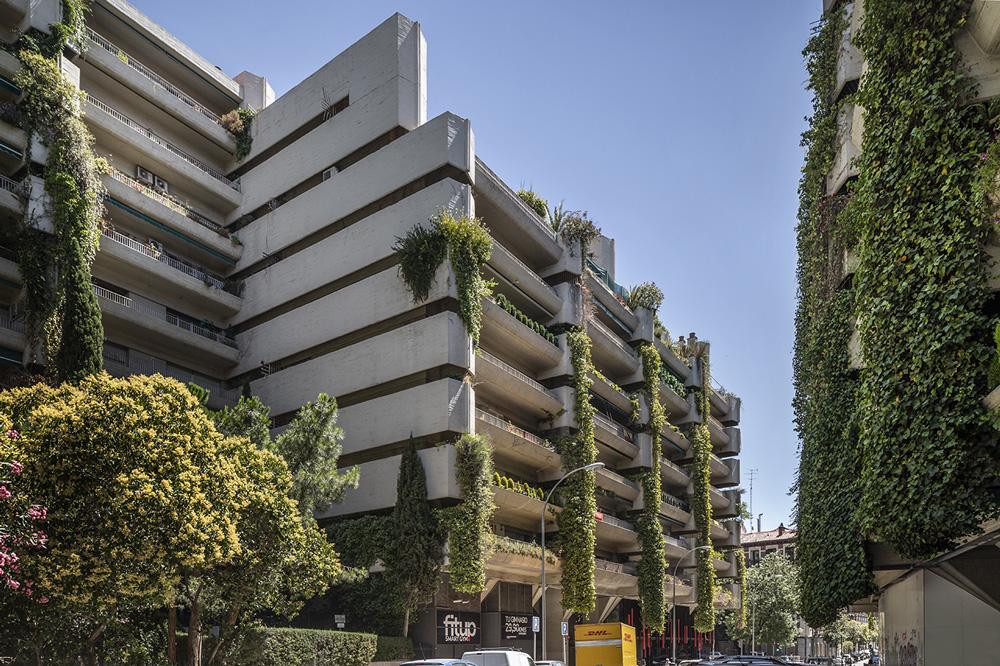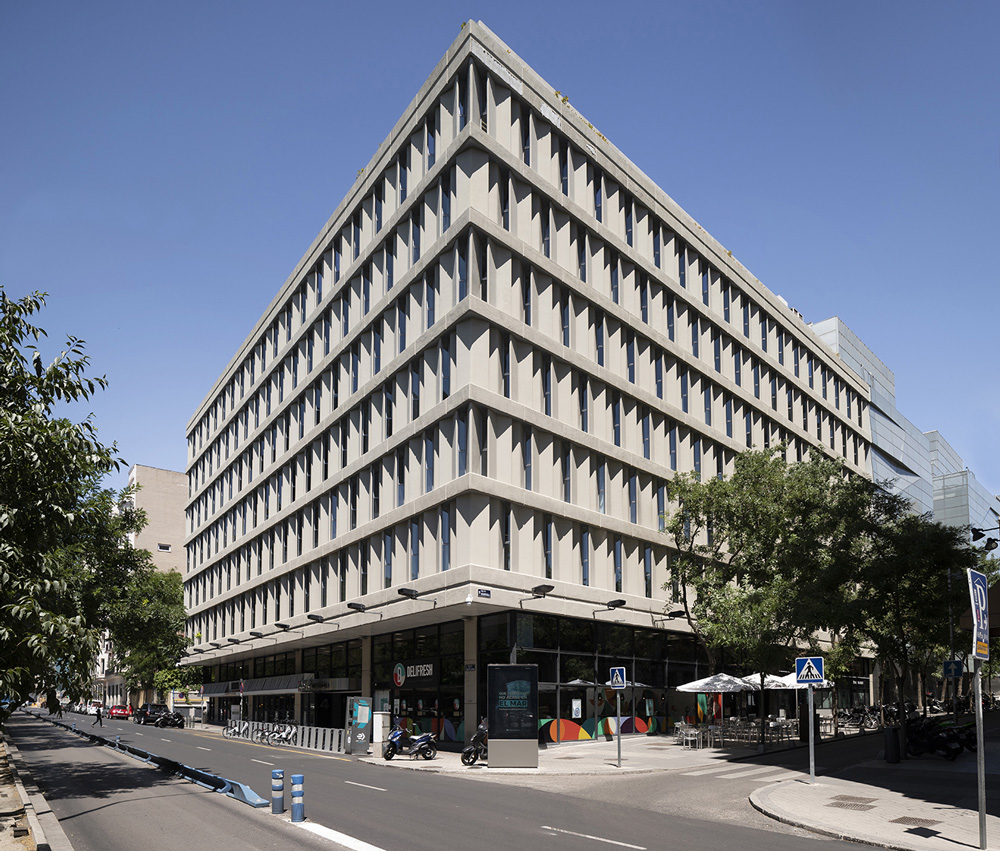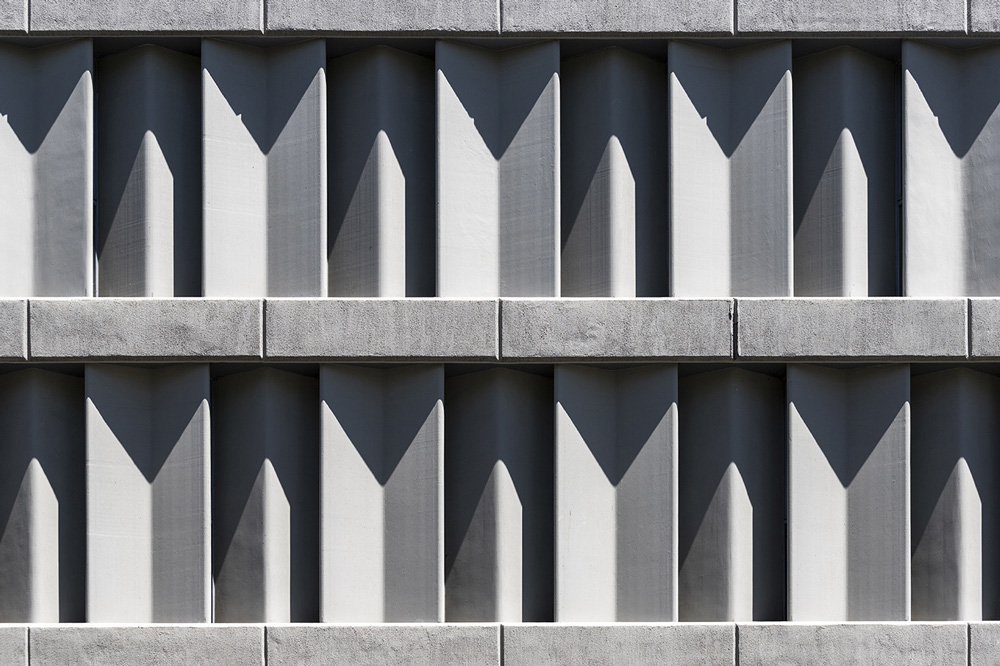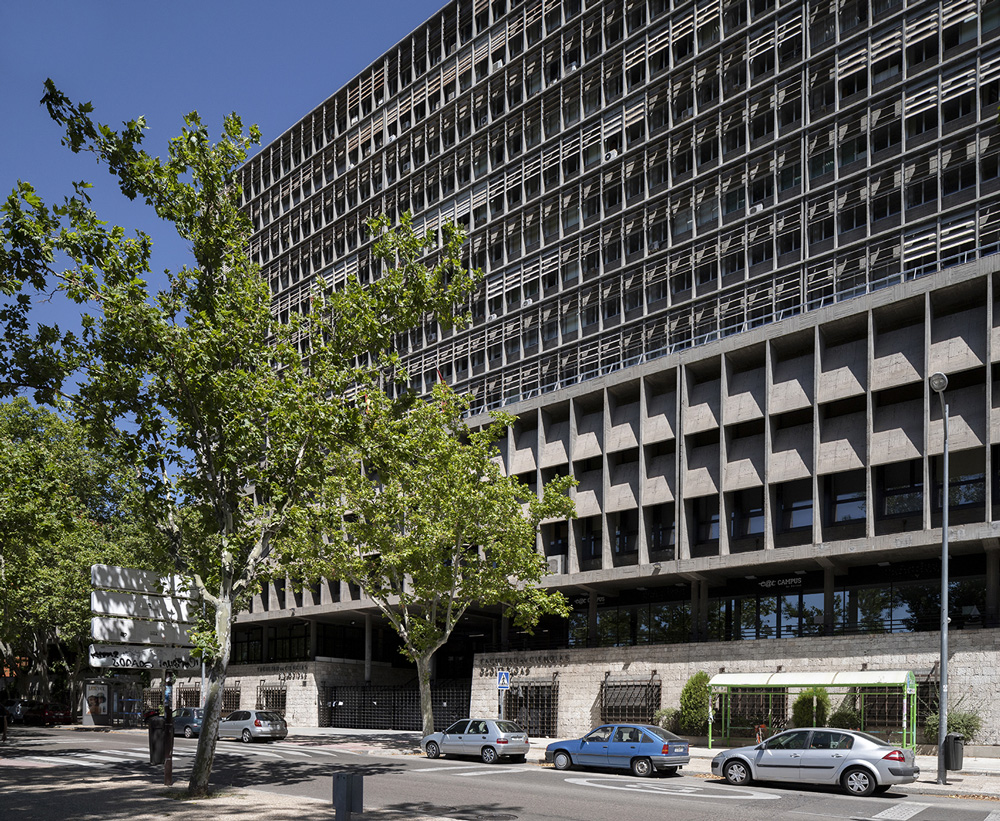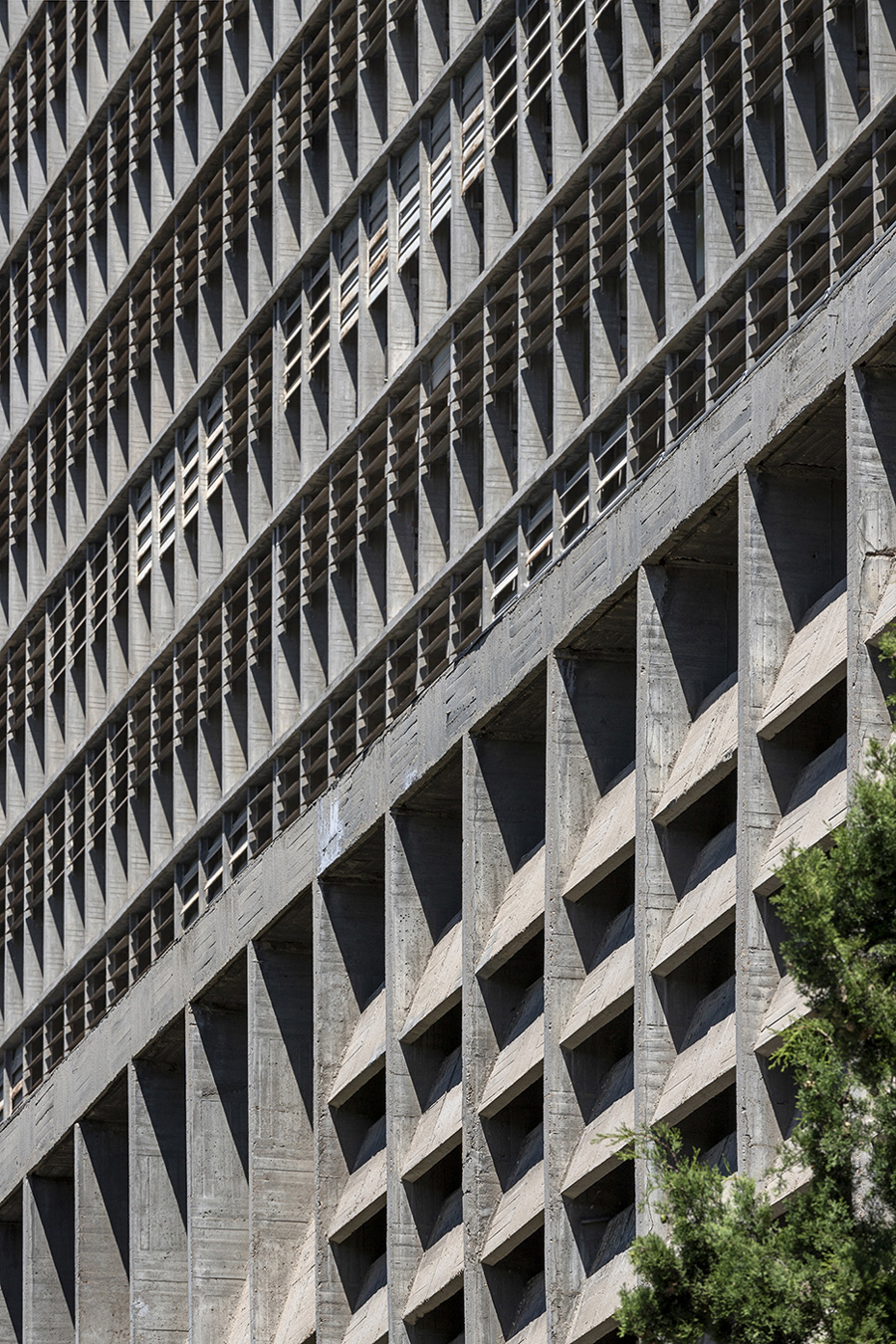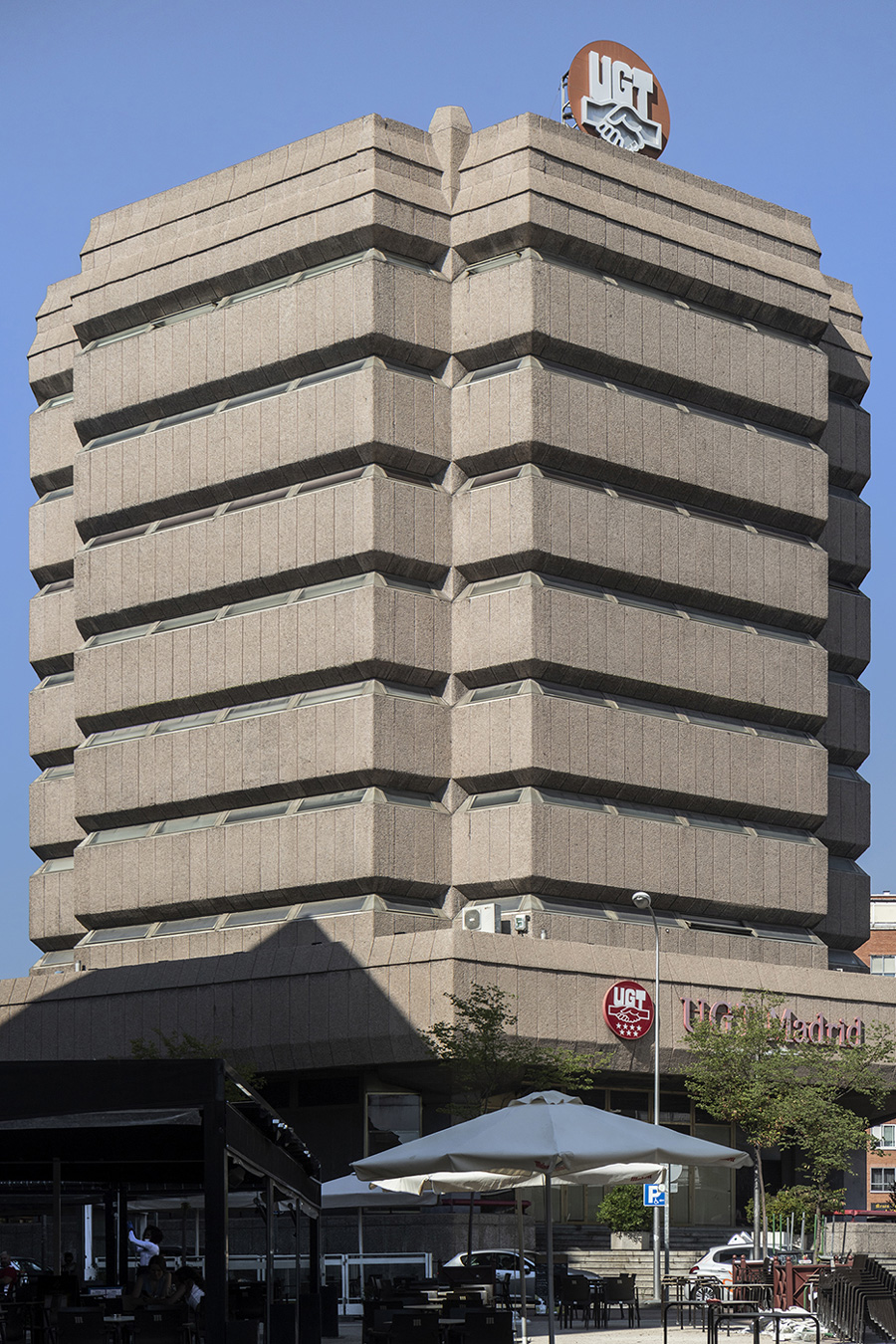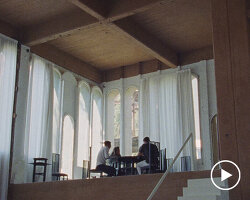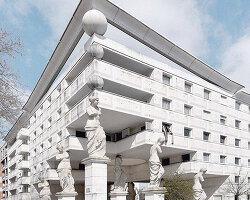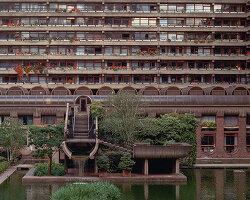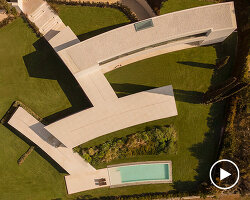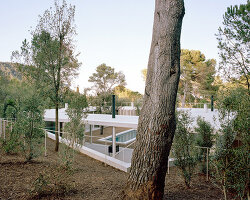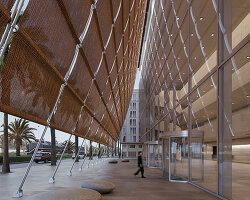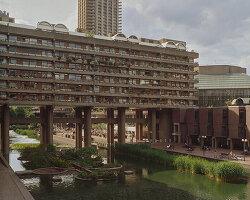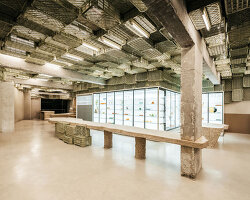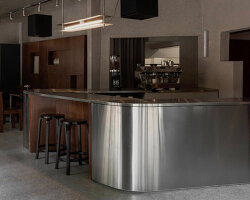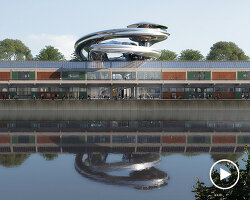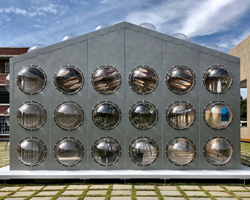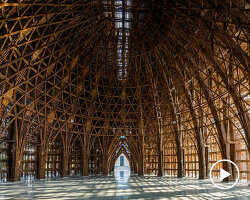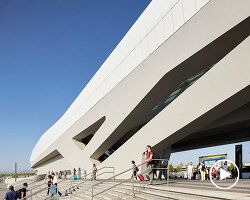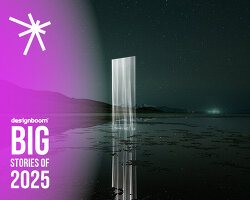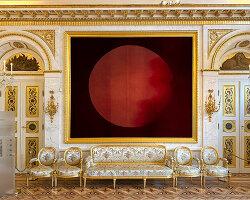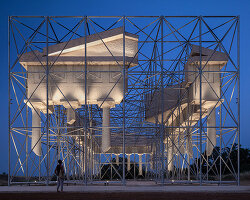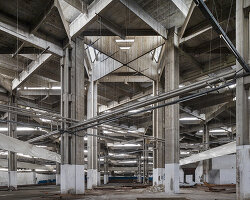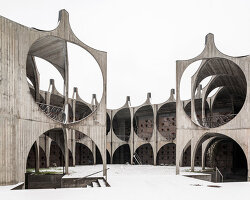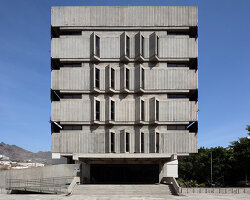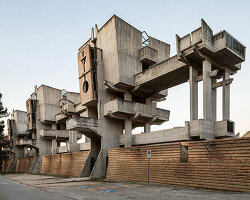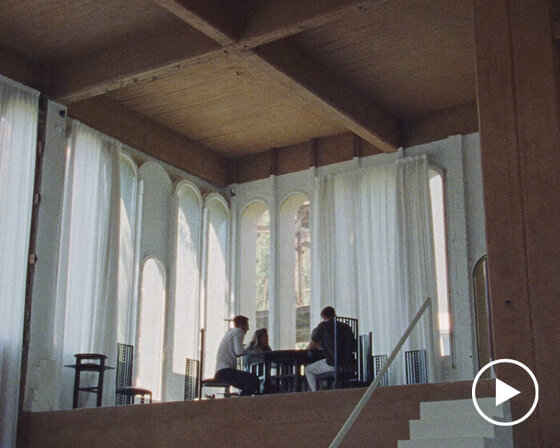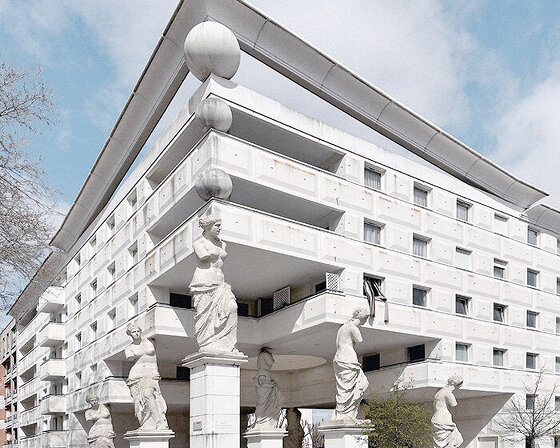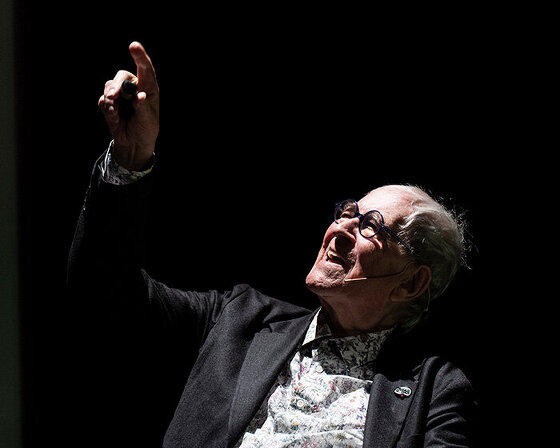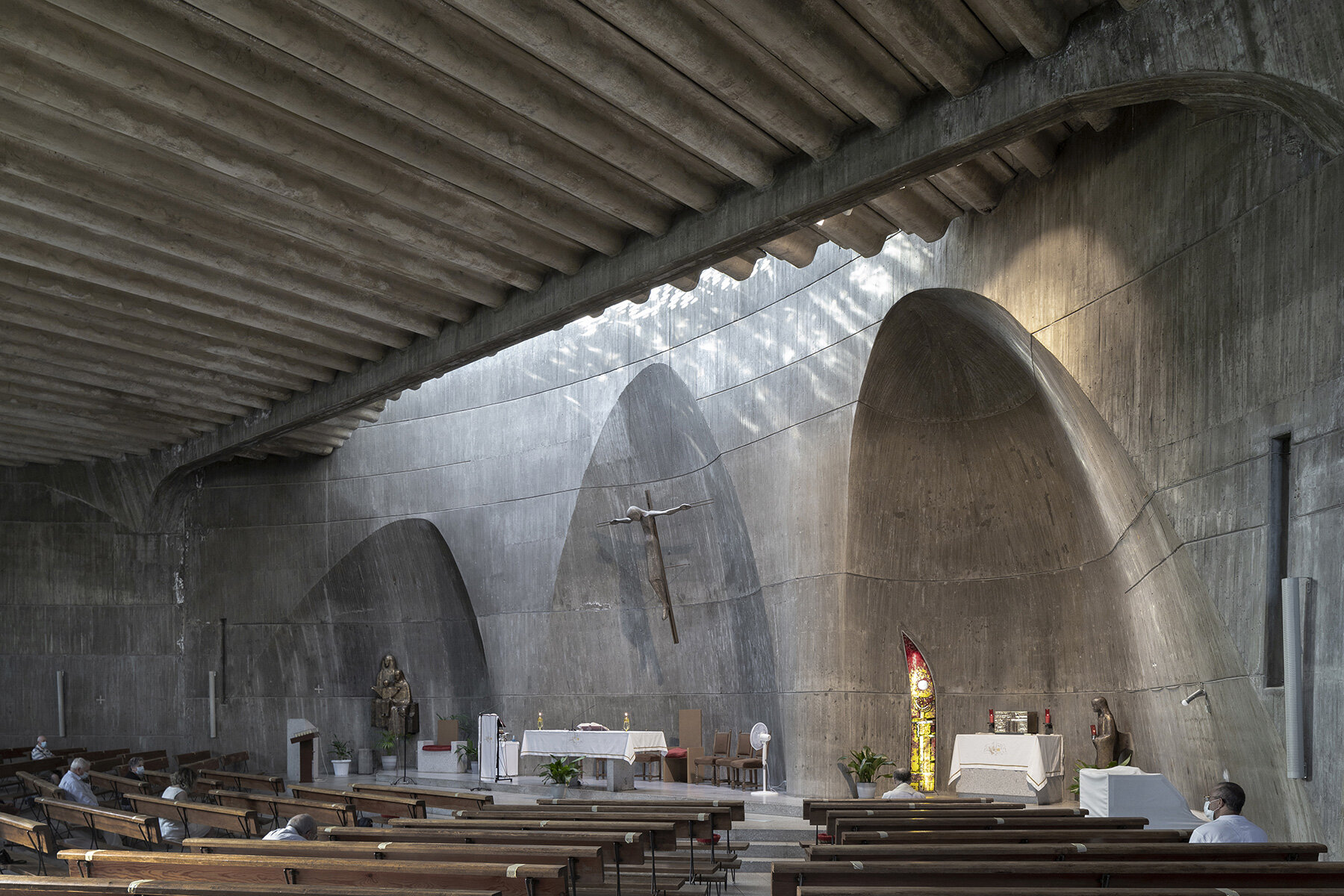
church of santa ana y la esperanza, by miguel fisac serna (1965-1966)
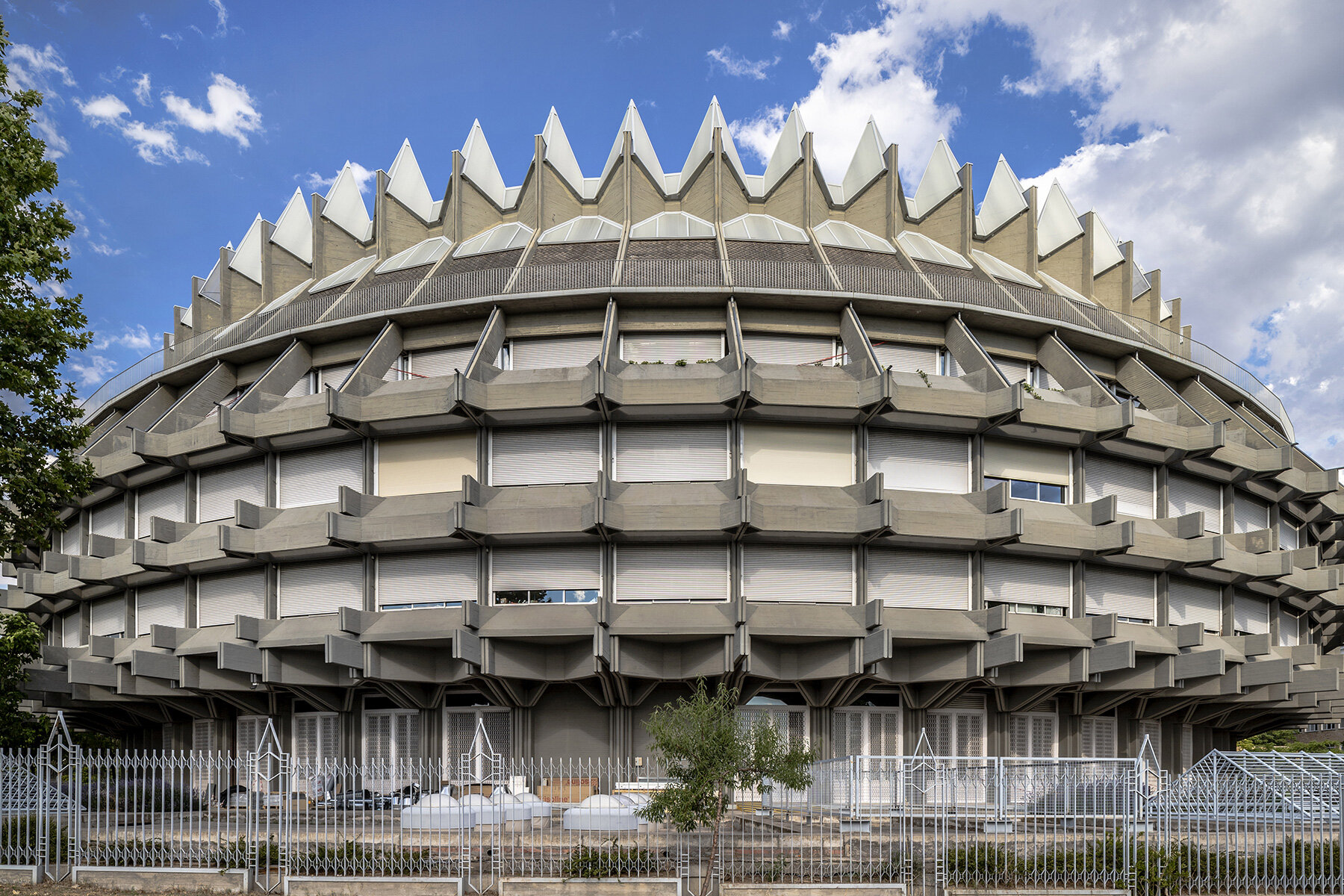
instituto del patrimonio cultural de españa – cultural heritage institute of spain – fernando higueras díaz and antonio miró valverde (1964-1988)
KEEP UP WITH OUR DAILY AND WEEKLY NEWSLETTERS
watch a new film capturing a portrait of the studio through photographs, drawings, and present day life inside barcelona's former cement factory.
designboom visits les caryatides in guyancourt to explore the iconic building in person and unveil its beauty and peculiarities.
the legendary architect and co-founder of archigram speaks with designboom at mugak/2025 on utopia, drawing, and the lasting impact of his visionary works.
connections: +330
a continuation of the existing rock formations, the hotel is articulated as a series of stepped horizontal planes, courtyards, and gardens.
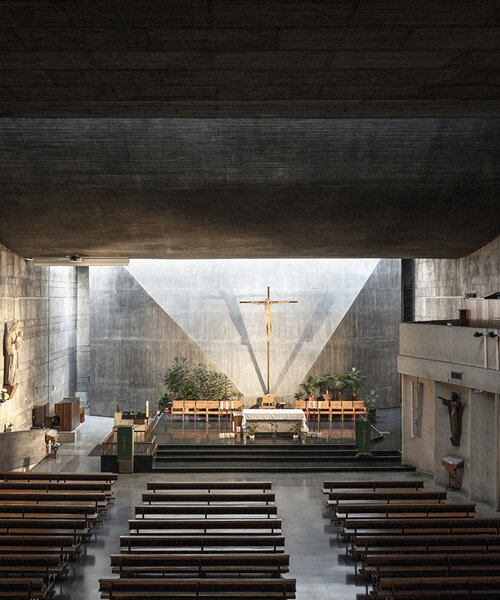
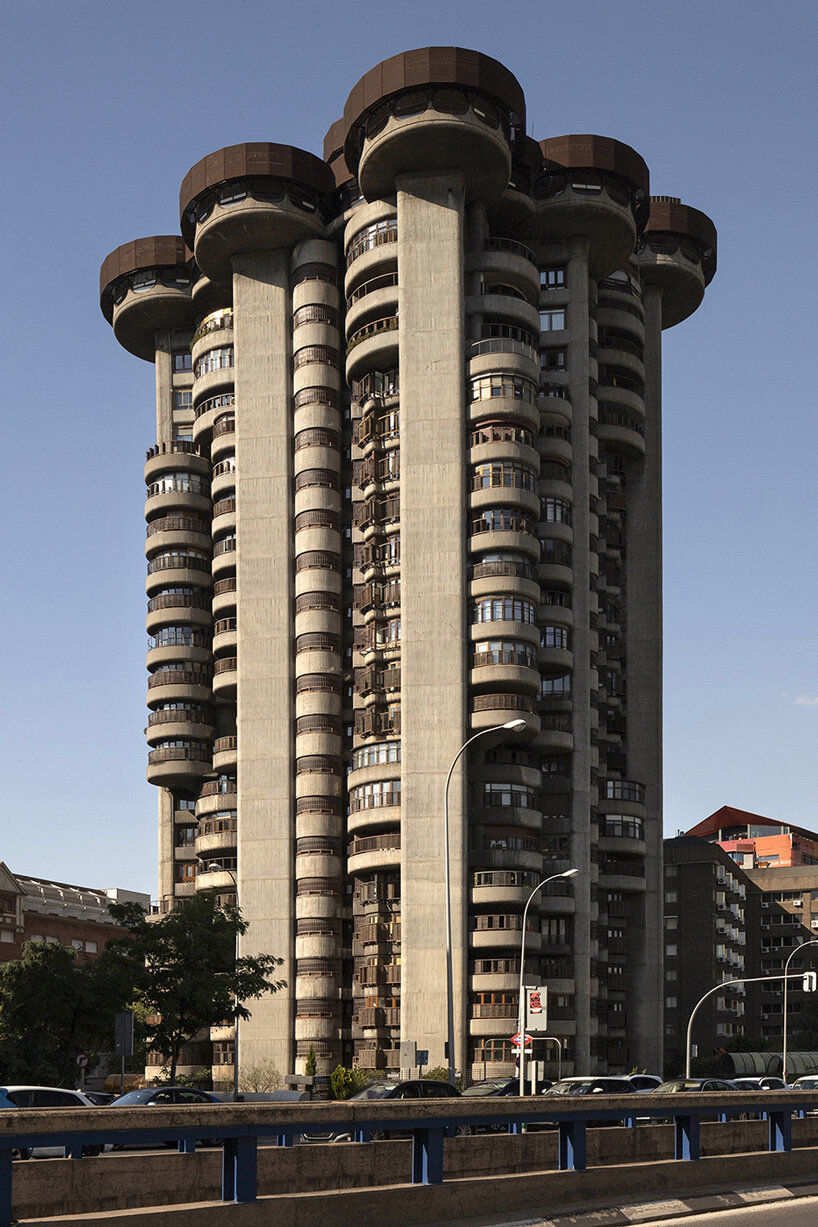 torres blancas – francisco javier sáenz de oíza (1961-1969)
torres blancas – francisco javier sáenz de oíza (1961-1969)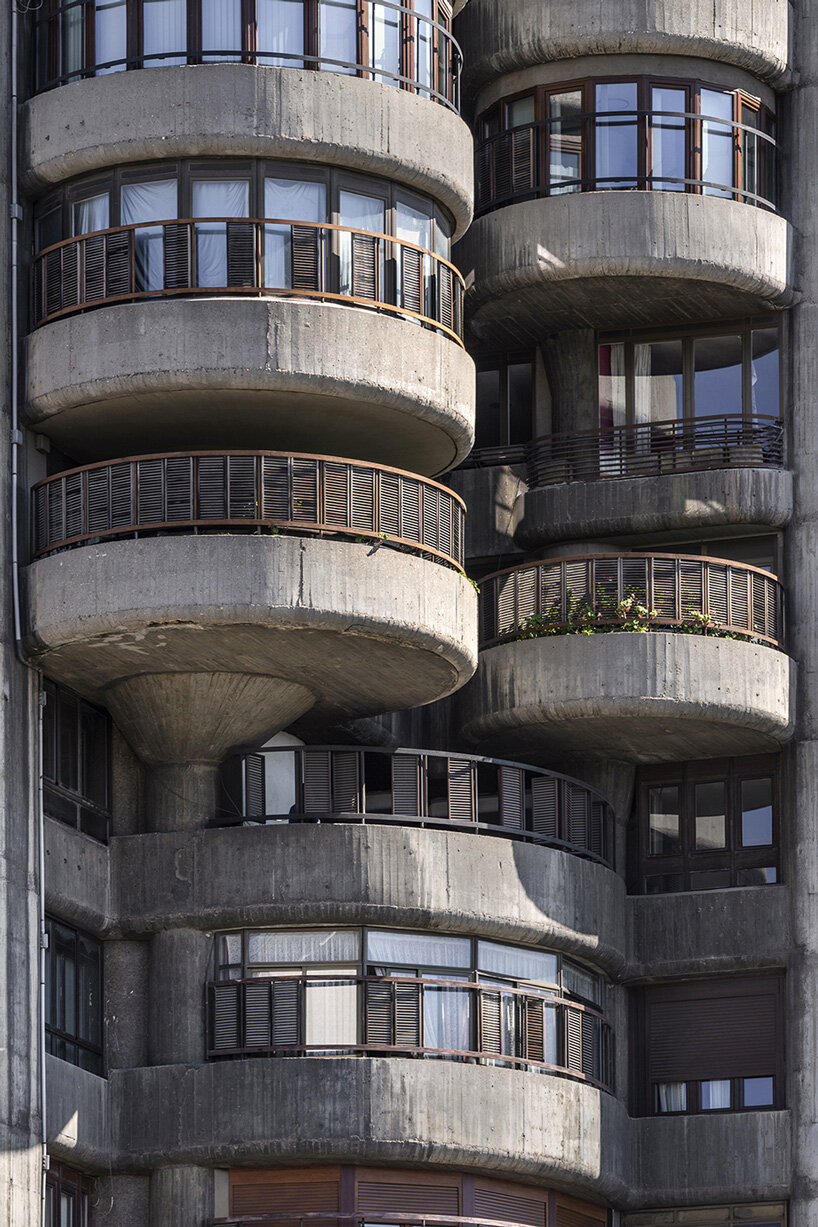 torres blancas – francisco javier sáenz de oíza (1961-1969)
torres blancas – francisco javier sáenz de oíza (1961-1969)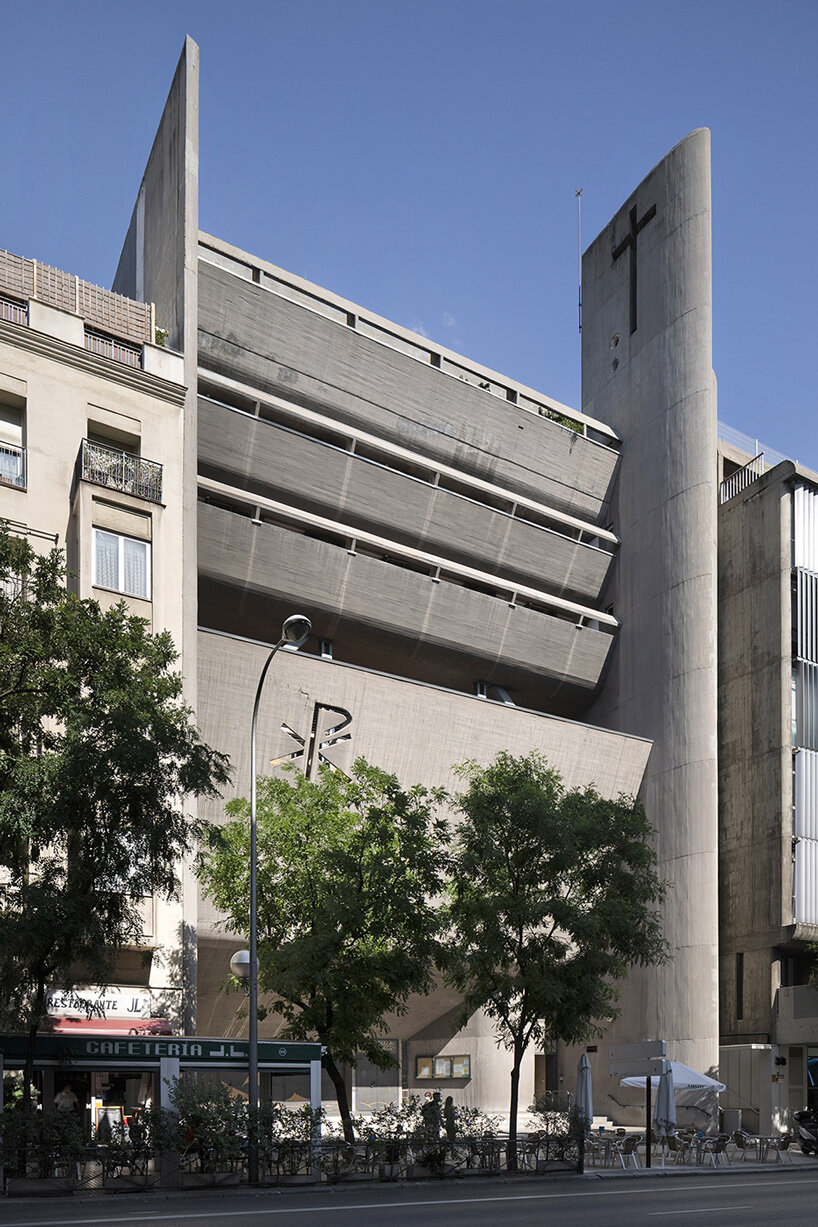 church of nuestra señora del rosario de filipinas – cecilio sanchez-robles tarín (1967-1970)
church of nuestra señora del rosario de filipinas – cecilio sanchez-robles tarín (1967-1970)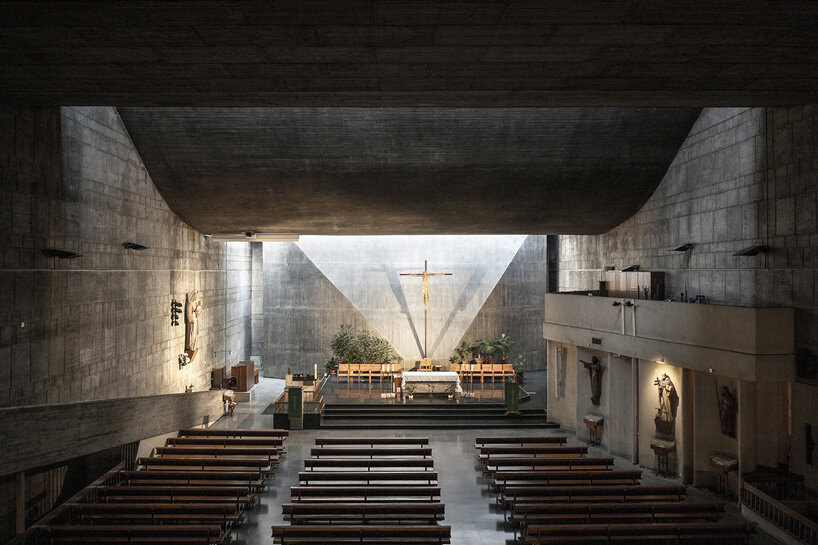 church of nuestra señora del rosario de filipinas – cecilio sanchez-robles tarín (1967-1970)
church of nuestra señora del rosario de filipinas – cecilio sanchez-robles tarín (1967-1970)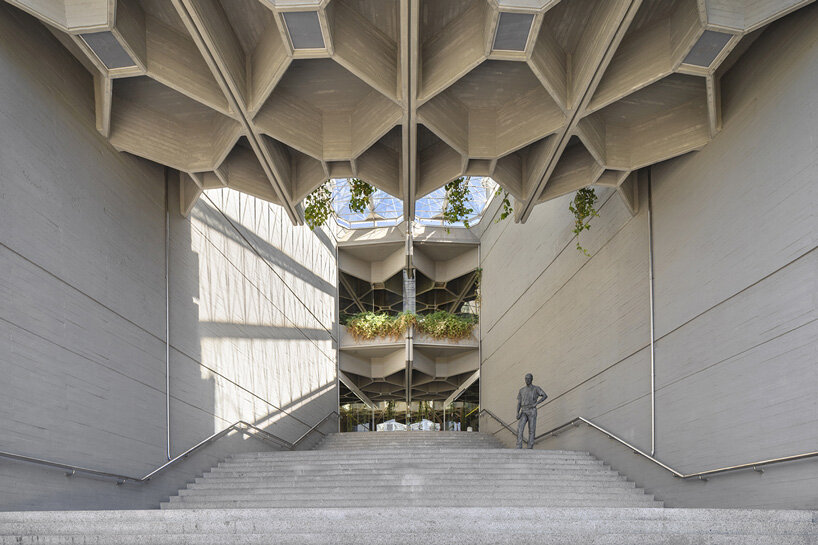 instituto del patrimonio cultural de españa – cultural heritage institute of spain – fernando higueras díaz and antonio miró valverde (1964-1988)
instituto del patrimonio cultural de españa – cultural heritage institute of spain – fernando higueras díaz and antonio miró valverde (1964-1988)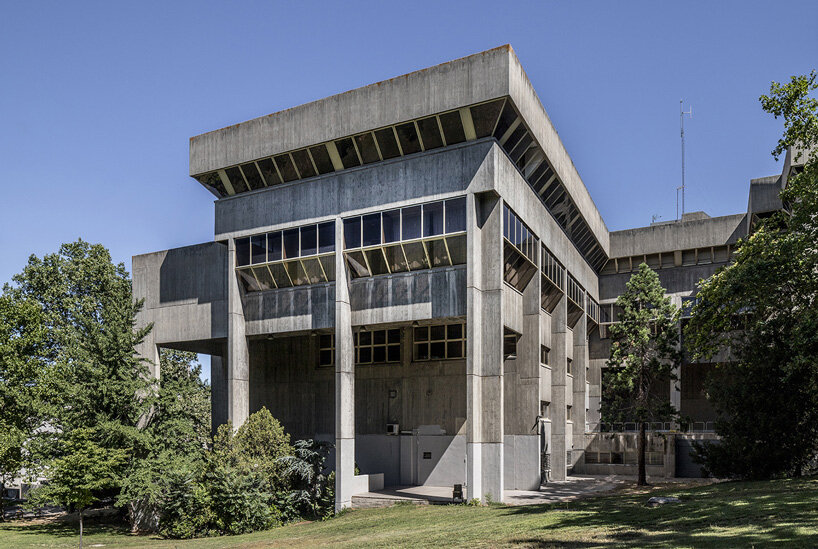 department of information sciences (complutense university of madrid) – josé maría laguna martínez and juan castañón fariña (1971-1979)
department of information sciences (complutense university of madrid) – josé maría laguna martínez and juan castañón fariña (1971-1979)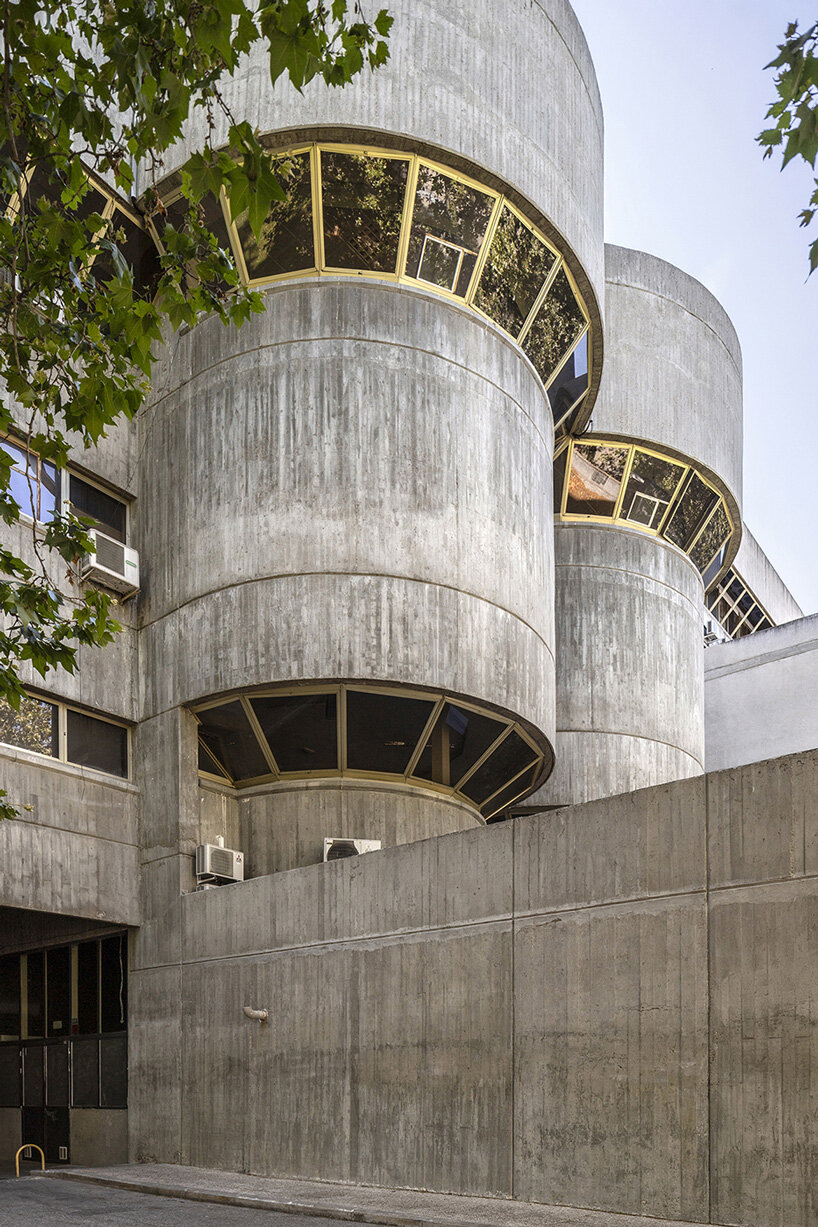 department of information sciences (complutense university of madrid) – josé maría laguna martínez and juan castañón fariña (1971-1979)
department of information sciences (complutense university of madrid) – josé maría laguna martínez and juan castañón fariña (1971-1979)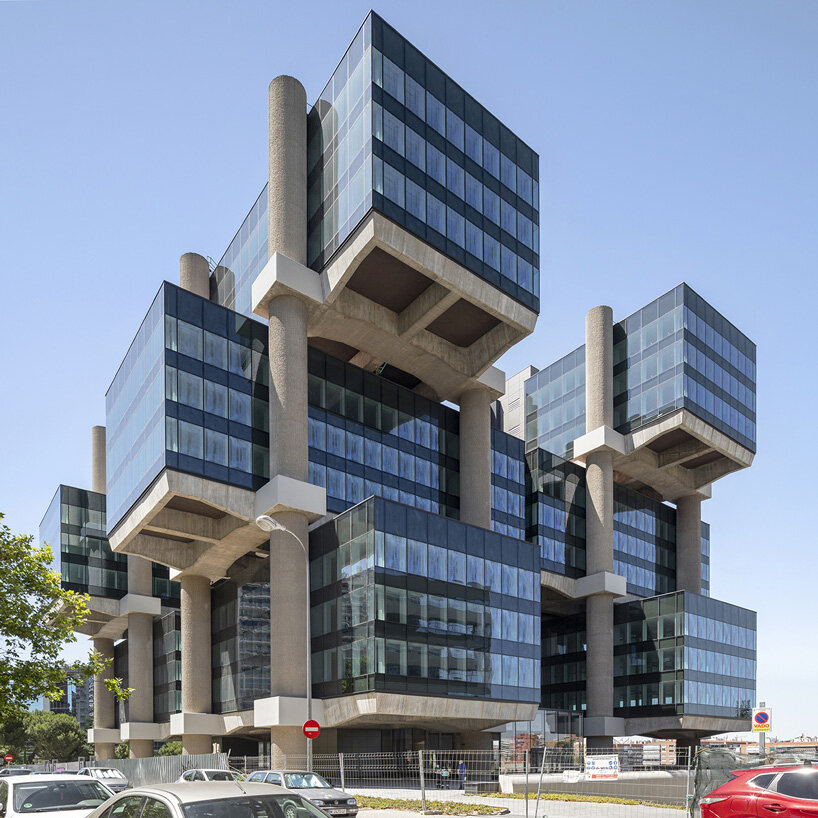 edificio los cubos – michel andrault, pierre parat, aydin guvan and alain capieu (1974-1981)
edificio los cubos – michel andrault, pierre parat, aydin guvan and alain capieu (1974-1981)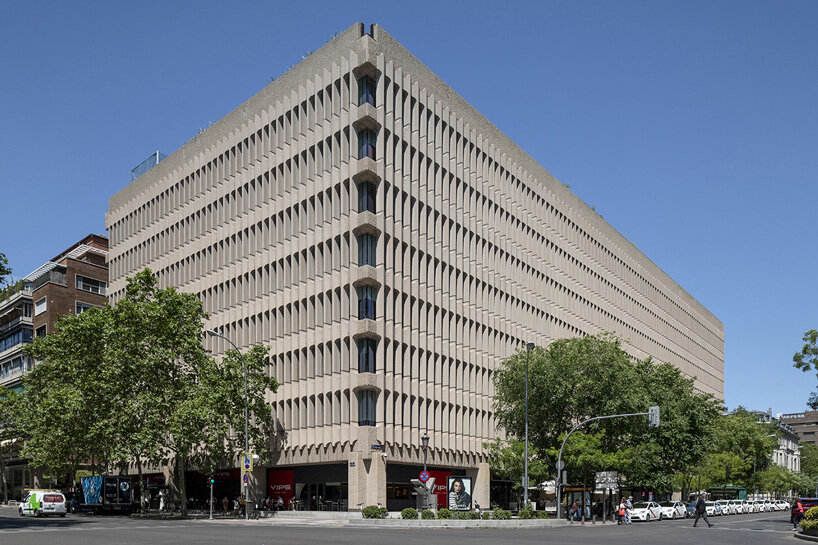 beatriz building – eleuterio población knappe (1968-1976)
beatriz building – eleuterio población knappe (1968-1976)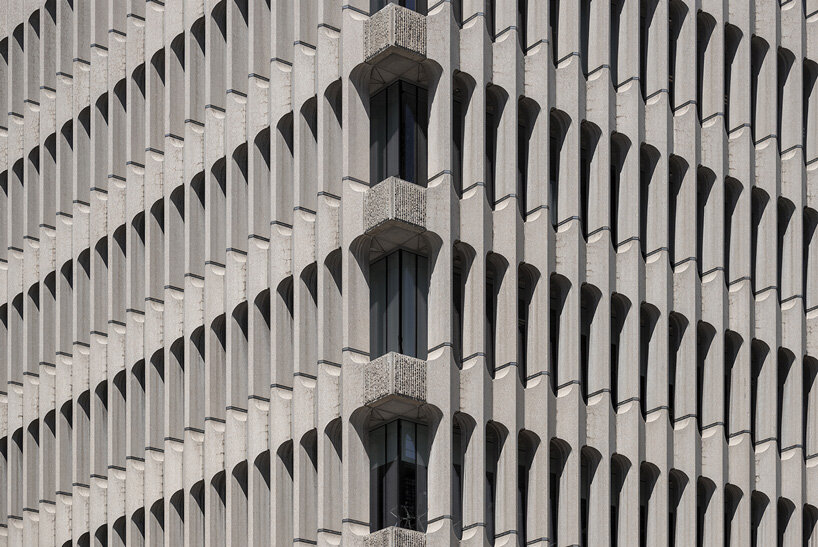 beatriz building – eleuterio población knappe (1968-1976)
beatriz building – eleuterio población knappe (1968-1976)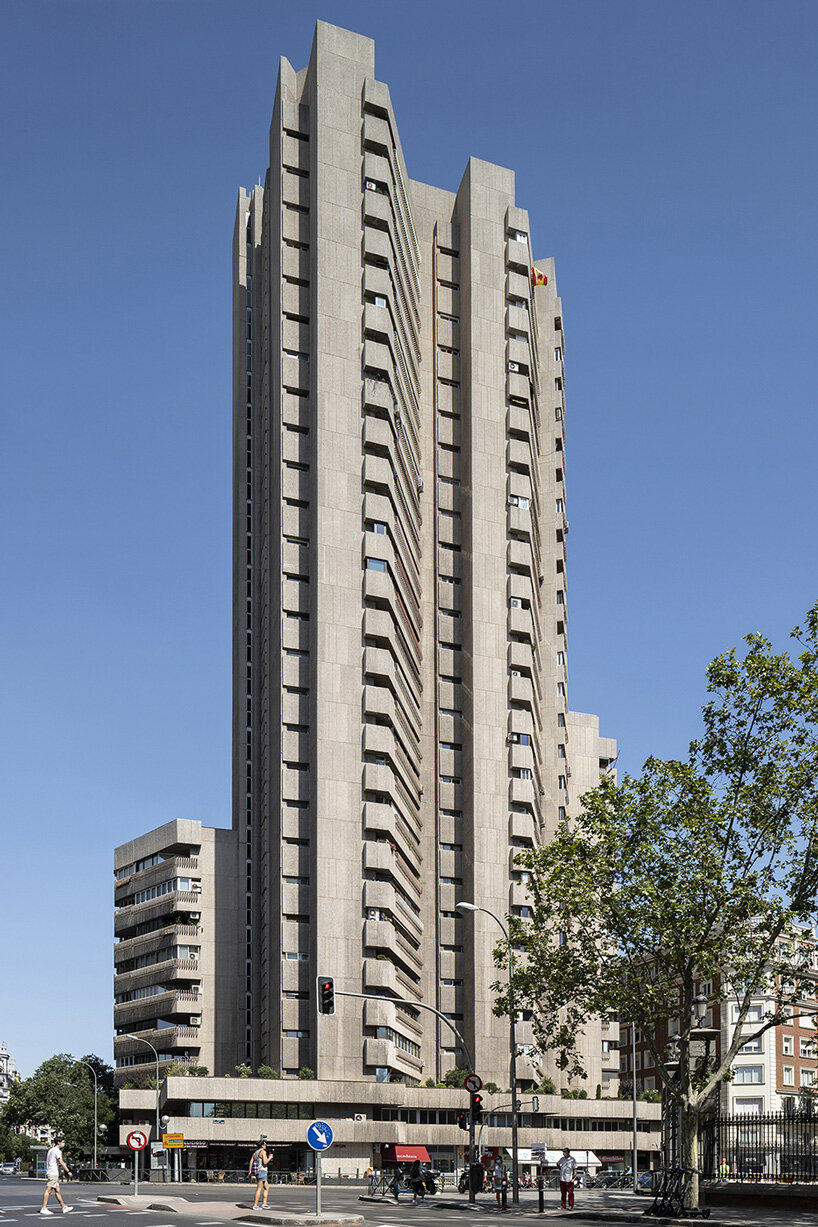 torre de valencia – javier carvajal ferrer (1968-1973)
torre de valencia – javier carvajal ferrer (1968-1973)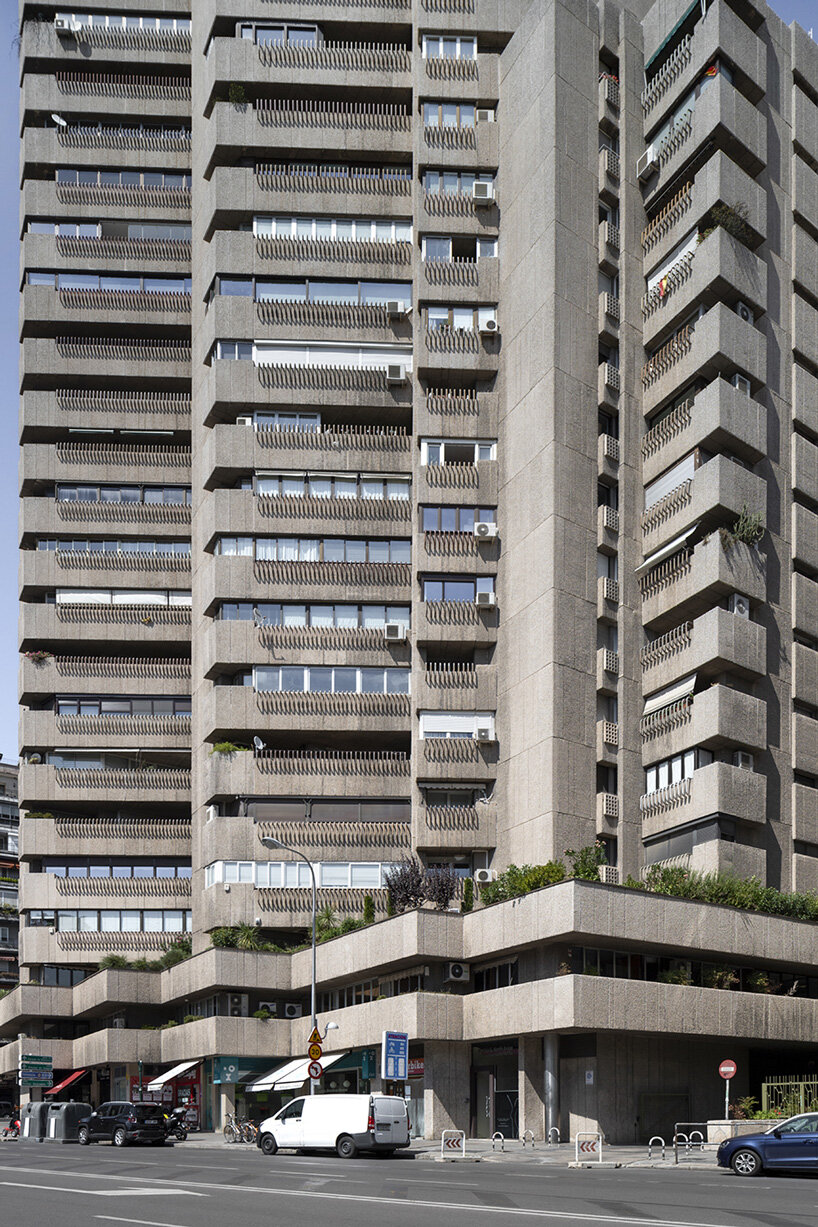 torre de valencia – javier carvajal ferrer (1968-1973)
torre de valencia – javier carvajal ferrer (1968-1973)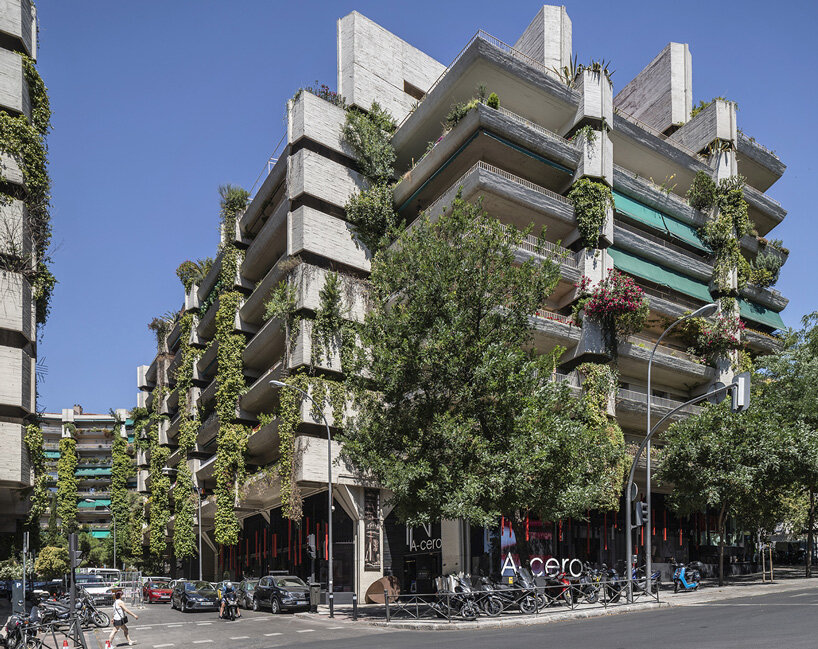 edificio princesa, residential buildings for the military housing cooperative – fernando higueras díaz, antonio miró valverde and carlos garcía rodríguez (1967-1974)
edificio princesa, residential buildings for the military housing cooperative – fernando higueras díaz, antonio miró valverde and carlos garcía rodríguez (1967-1974)